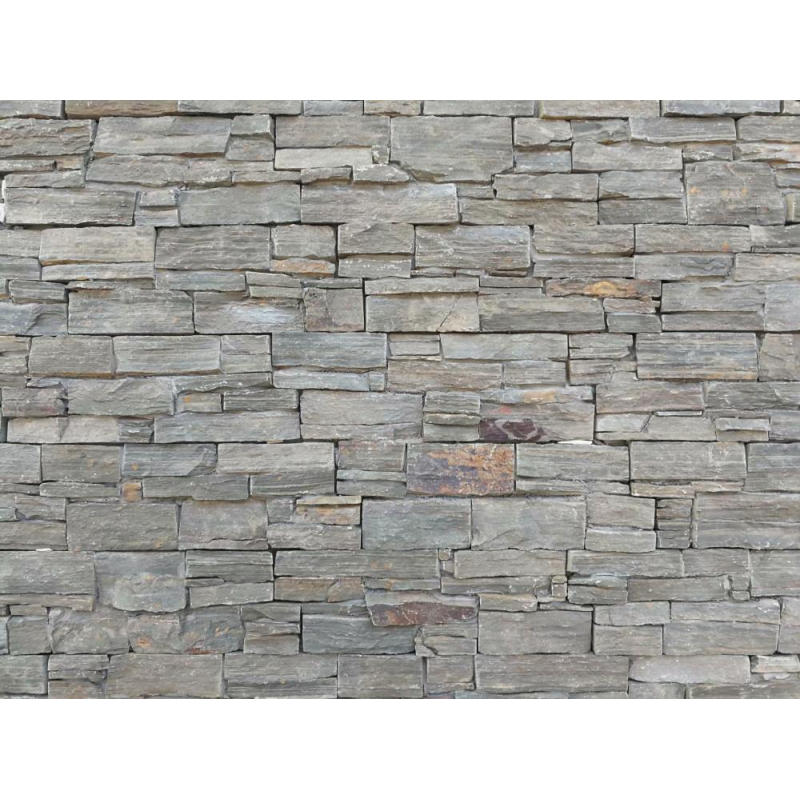
Prirodni kamen jedan je od najčešće korištenih materijala u domovima i vrtovima. Ali jeste li se ikada zapitali odakle su vaše kamene pločice, cigle ili podovi?

Natural stone was created thousands of years ago when the Earth was just a ball of mineral gases. As these gases began to cool down, they compressed and solidified to form the world we know today. It was during this process that natural stone was formed – the type of stone created depends on what type of minerals were combined at that time. This was a slow process that occurred over millions of years. As the Earth began to settle, many of these seams of stone were gradually pushed to the surface by heat and pressure, creating the large formations we see today.
Stone can come from anywhere in the world, and the type of stone is determined by its origins. There are quarries in America, Mexico, Canada, Italy, Turkey, Australia, and Brazil, as well as many other countries around the globe. Some countries have multiple natural stone quarries, whilst others only have a few. Let’s look in closer detail at where particular stones originate and how they were formed.
Mramor is the result of limestone that has been altered through heat and pressure. It’s a versatile stone that can be used on virtually anything – statues, stairs, walls, bathrooms, counter tops, and more. Usually seen in white, marble is also common in black and grey tints, and has great weather endurance.
Kvarcit potječe od pješčenjaka koji je promijenjen toplinom i kompresijom. Kamen uglavnom dolazi u bijeloj boji, ali se može naći i sa smeđim, sivim ili zelenkastim nijansama. To je jedna od najtvrđih vrsta prirodnog kamena, što ga čini izvrsnim izborom za fasade zgrada, radne površine i druge strukture koje zahtijevaju teško kamenje.
Granit izvorno je bio magmatski kamen koji je bio izložen magmi (lavi) i promijenjen kroz izlaganje različitim mineralima. Kamen se obično nalazi u zemljama u kojima je u nekom trenutku bila velika vulkanska aktivnost, a dostupan je u velikom izboru boja od crne, smeđe, crvene, bijele i gotovo svih boja između. Granit je izvrstan izbor za kuhinje i kupaonice zbog svojih antibakterijskih svojstava.
Vapnenac rezultat je kompresije koralja, školjaka i drugog oceanskog života. Postoje dvije vrste vapnenca, tvrđa vrsta koja je puna kalcija i mekša vrsta s više magnezija. Tvrdi vapnenac često se koristi u građevinskoj industriji ili se melje i koristi u žbuci zbog svoje vodonepropusnosti.
Bluestone is sometimes referred to as basalt, and is one of the most common natural stones around the world. Bluestone forms through the alteration of lava, and because of this, is one of the closest stones to the Earth’s surface. Basalt is generally darker in colour, and is used as house roofing and floor tiles because of its hard texture.
Škriljevac nastao je kada su se sedimenti škriljevca i muljike mijenjali toplinom i pritiskom. Dostupan u bojama od crne, ljubičaste, plave, zelene i sive, škriljevac je postao popularan izbor za krovište jer se može tanko rezati i podnosi niske temperature uz minimalna oštećenja. Škriljevac se često koristi i kao podne pločice zbog svoje izdržljivosti.
travertin is created when floodwaters wash through limestone, leaving mineral deposits throughout. As it dries out, the extra minerals solidify to gradually create a much denser material called travertine. This stone is good as a replacement for marble or granite, as it’s much lighter and easier to work with, yet still durable. For this reason travertine is often used on floors or walls, and is estimated to last around fifty years if maintained regularly.